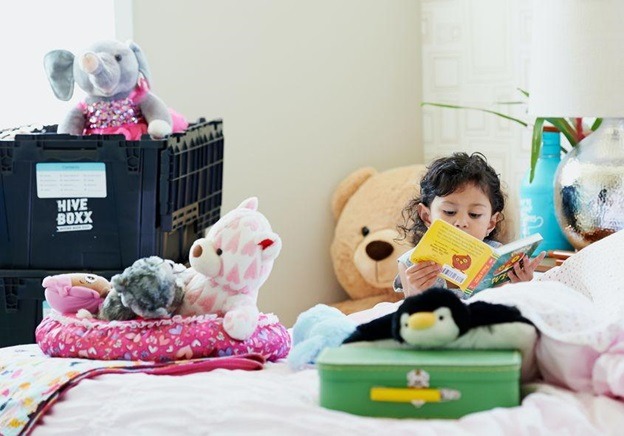Learning a new language is an excellent way to enrich the mind. While learning how to talk and new languages can be fun and interesting, choosing the right language is important. There are many ways to enrich your child’s learning experience, but one of the best ways is to create a language-rich environment at home. The following tips suggested by EFL Learning Centre, an English Language school in Chiang Mai, will help you create such an environment.
1. Minimize the Number of Questions You Pose to Children
Asking children a lot of questions can be quite frustrating for them. They cannot answer your questions, and they might get tired of answering you. Instead of asking them many questions, try to ask only one or two questions during the time you spend with your child. For example, if you are reading a book with your child, then do not ask them to read the book out loud while at the same time asking them questions about the storyline.
The book’s main purpose is practising English as a second language, so it is better to let your child read the book silently at their own pace. However, if they ask a question about a word or phrase, please explain it thoroughly.
2. Encourage Your Child to Talk
If you want your child to learn new words and phrases, then encourage them by saying: “Say that again,” “Tell me what this word means,” “Tell me how to make that sound,” etc. Try to encourage your child to talk by saying “Yes” or “Good Job!” whenever they are talking. It is also advisable to ask your child questions whenever they are talking. For example, asking your child, “What are you reading?” or “Do you like that book? What do you think about it?” will help the child learn new phrases.
However, if you notice that your child or toddler has difficulty talking or communicating, let them receive speech therapy for toddlers, which will help them overcome the speech disorders.
3. Use Key Signs
It is good to use key signs such as pointing, touching, and nodding to encourage your child to talk. For example, if you point at the book, your child should say “Yes” or “That’s right!” If you touch the book, your child should say, “I like it!” or “It’s okay!” Just make sure that you do not point at the book too often so that the child does not get tired of it.
4. Use Visual Prompts
If your child does not want to talk or is shy about talking, you can use visual prompts such as pictures and computer animations to encourage them to talk and help them learn new words. For example, when viewing a picture of two people in a conversation, your child should say “Hello!” or “How are you?” So it would be good to apply the best study room interior design ideas when creating a space for them. For instance, a study room for children may have visual cues such as pictures and cartoons to help improve their language skills.
5. Follow Your Kid’s Interest
It is a good idea to follow your child’s interests so that you can help them in learning. For example, if your child likes drawing, you should buy them drawing books. If your child likes to play computer games, you should buy them a computer.
Conclusion
By following these tips, you can help your child learn by creating a language learning environment. It would be best if you didn’t force your child to learn new words and phrases so that they do not become shy about talking.
About the Author
Monica is a passionate writer and content creator. Her interests include outdoor activities, fitness, technology, entrepreneurship and everything in between. Say hi to Monica on Twitter @monical_lee.


